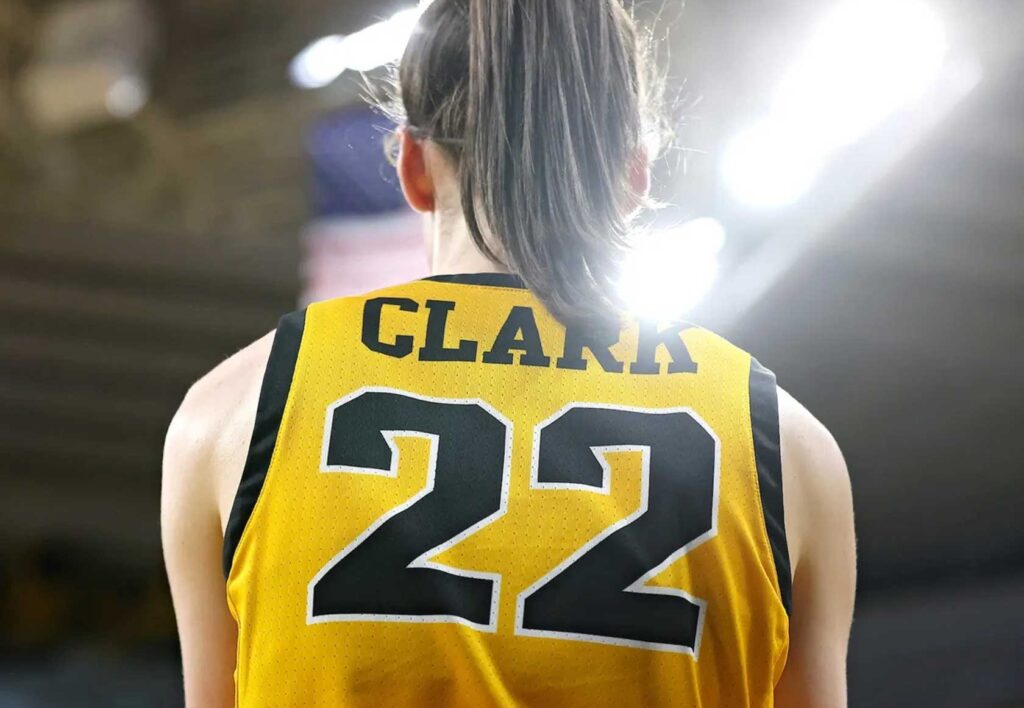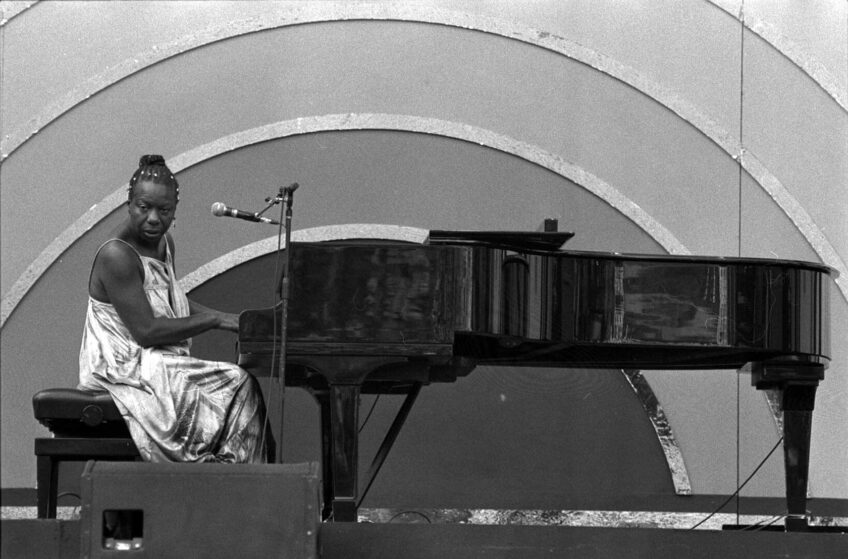
Banner Sports Sponsored by the Patriots Foundation
When discussing the current sports phenomenon that goes by the name of Caitlin Clark, there are parallels to a common term, the “Great White Hope Syndrome.” I became aware of this syndrome upon learning of the story of one Jack Johnson, heavyweight boxing champion from 1908-1915.
The central theme of the Jack Johnson story was that of a man who lived his life on his terms. He lived lavishly, spending money like it was water, and refusing to take crap off of anyone — especially members of the ruling Caucasian establishment.
Most Black people of his time admired his skill in the ring while abhorring his lifestyle outside of it. This Black man had the nerve to romance white women, openly and boldly in public for all to see, and didn’t give a damn what anyone thought about it. This drove the white establishment so crazy that it forced a search for a “Great White Hope” (from the title of the stage play and movie) to “put this uppity [n-word] in his place,” as contemporary journalist Jack London wrote. I state these facts to explain the power of the Great White Hope Syndrome that is still in existence today.
Its major effect is seen in basketball, a sport that is dominated by people of color while being owned and operated by whites who are always on the lookout for a white basketball player that can compete, and in some cases, excel, against Black players.
Great white basketball players of past decades (Jerry West, Bob Cousy, Larry Bird, etc.) refused to play into the GWH Syndrome even though they benefited greatly from it. The current National Basketball Association logo still bears the silhouette of Jerry West, even though he has stated that he is uncomfortable with it.
“…I don’t think that’s right or fair,” he said of the use of his likeness. “I really don’t. There were four other Black men that were really great players.”
But the logo remains, while people ask: “Why not the image of Bill Russell, Wilt Chamberlain, Kareem Abdul-Jabbar, Michael Jordan, Magic Johnson, or Oscar “The Big O” Robertson?”
Current white NBA Players Nikola Jokic (about to win his third league Most Valuable Player award) and Luka Doncic (one of the most gifted offensive NBA players to ever come into the league) lead a parade of talented performers who more than hold their own against their African American counterparts. Yet there is still the ongoing search for another group of White Hopes.
Into this scenario steps Caitlin Clark, the greatest scorer in NCAA Division 1 basketball history —women and men. (Pearl Moore of Francis Marion University is the official all-time leading college basketball scorer, with 4,061 points.)
Clark is considered the new face of the WNBA before the official regular season start date of May 14. Every one of her games has been sold out, with some being moved to larger arenas to accommodate massive ticket requests. The young woman is box office magic. But why?

Kamilla Cardoso, now of the Chicago Sky, heads to the basket. PHOTO: COURTESY U OF SOUTH CAROLINA ATHLETICS
Because she is the latest edition of a Great White Hope who can play the game of basketball.
Established WNBA players Diana Taurasi, the all-time leading scorer in WNBA history, Breanna Stewart, Kelsey Plum, Sabrina Ionescu and other star white female players, along with a far greater number of star Black WNBA players, now take a back seat to Clark. And if she is being pushed ahead of white WNBA star players, she is moving even farther ahead of the many Black WNBA star players, like A’ja Wilson, captain and star of the two-time defending champion Las Vegas Aces topping the list.
Clark is about to sign the largest sneaker endorsement deal — a reported $28 million deal that includes a signature sneaker — in women’s basketball history, adding more millions of dollars to her already burgeoning fortune from advertising deals.
A total of 12 women have had signature shoe contracts since the 1995 Sheryl Swoopes Nike deal, but for the last decade there were none until Breanna Stewart broke through in 2022, followed by sharpshooter Sabrina Ionescu, Elena Della Donne and now Clark. This thought bristles some white and Black WNBA Players. But they hold their tongues, hoping that some of the largesse that spills out for the Indiana Fevers’ No. 22 will land on them.
To add insult to injury, the WNBA decided to stream Caitlin Clark’s preseason game against the Dallas Wings, but Angel Reese and her Chicago Sky teammate and third overall WNBA draft pick, Kamilla Cardoso, did not get that courtesy. Instead, a fan streamed that game from the stands on X, formerly known as Twitter, where it received 500,000 hits.
Note to Ms. Clark: Enjoy the ride on the Great White Hope train until the next GWH comes to take your place. And while you ponder that thought, consider this: The play of the WNBA’s Black women players contributes mightily to your success.







